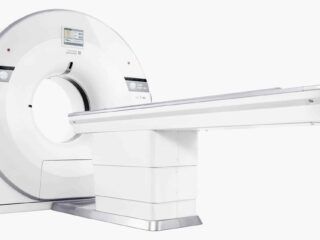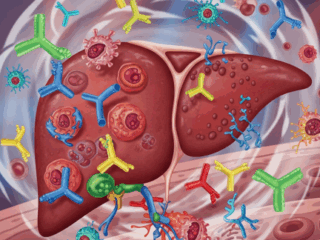
Mixing sounds easy, but if you’ve spent time in a lab, kitchen, or even a bar, you know there’s a lot to it. Picking between a shaker and a stirrer is about more than just what you feel like using – it’s about what works best for the job and getting the right result. Knowing when to use which can save you time and make sure things are consistent, so you don’t mess up.
Ever wonder about when to use a shaker instead of just stirring? You’re not the only one. There are tons of mixing equipment out there, from simple magnetic gizmos to fancy shakers. People in all sorts of jobs are starting to pay attention. That’s why more and more researchers who need to get things mixed fast and right are choosing to purchase vortex shakers.
Why Mixing Methods Aren’t Interchangeable
You might think any mixer will do the trick, but each type has its limitations. Stirrers excel at blending things when it comes to liquids and lighter suspensions. Shakers, in contrast, deliver powerful three-dimensional movement perfect for samples that require intense agitation. If you overlook these distinctions, you run the risk of wasting materials or failing to achieve consistent results every time. A good mixing method comparison demonstrates that stirrers are good for experiments where being precise matters. Shakers are better when you’re trying to get things done quickly and make sure everything’s mixed.
Situations Where a Shaker Works Most
Shakers are awesome when energy transfer and movement are crucial. Like:
- Mixing biological samples, where cell suspensions need an even distribution.
- Getting powders to dissolve in liquids when a stir bar won’t cut it.
- Making drinks that need to be frothy and fast.
In labs, orbital and vortex shakers have an impact on all sorts of tasks, such as analyzing proteins or cultivating bacteria. In kitchens and bars, they make sure every meal or beverage is mixed just right. If you’re questioning whether a shaker is necessary, it generally depends on whether you require more than simply stirring.
When a Stirrer Is the Smarter Choice
Shakers have their strong points, but don’t forget about stirrers. Both overhead and magnetic stirrers give you exact control. This makes them perfect for tests where things like shear force and speed are key. Unlike shakers, stirrers can run for hours without disrupting delicate reactions.
Think about making chemicals, testing medicine, or mixing makeup. These things need steady, not brute force. IKA is known for offering really reliable lab stirrers that scientists count on to get the same result every time.
Lessons from Across Industries: From Laboratory Bench to Bar Counter
The shaker vs stirrer question isn’t limited to scientific spaces. The food and drink world has been dealing with this for ages. Bartenders shake cocktails to create a light texture, while they stir drinks like martinis that consist mainly of alcohol.
Likewise, in biotech laboratories, scientists utilize stirrers for reactions but transition to shakers for cell growth. The concept remains consistent everywhere: utilize the appropriate instrument for the task.
Mistakes to Avoid When Choosing Between the Two
Lots of people think that shaking harder is always better. But using a shaker when you need a stirrer can disrupt sensitive reactions. And using a stirrer for thick suspensions can leave things half-mixed.
Several frequent errors consist of:
- Picking what’s easy instead of what’s right.
- Overlooking sample volume or viscosity.
- Forgetting the long-term impact on consistency and reproducibility.
By understanding the function of each tool, you can avoid these issues.
Practical Tips for Getting the Best Results
To get the most from your mixing setup, try these:
- Select the appropriate tool for your items (considering their quantity, thickness, or fragility).
- Consider the duration of your mixing. Shakers are meant for quick mixes, whereas stirrers excel in prolonged, consistent blending.
- Take care of your equipment. Even the best machines need a little love.

This will help you get better results whether you’re doing big experiments or making the perfect cocktail.
Training Matters: The Human Factor in Mixing Success
It’s simple to overlook, but training holds equal significance to the tools themselves. Understanding how to modify settings, grasp what’s occurring, and resolve issues creates a significant impact. A laboratory staffed with skilled individuals will achieve superior outcomes compared to one equipped with advanced instruments that are poorly understood.
Training makes sure you’re not just buying awesome equipment, but actually getting everything it can do.
In conclusion
Choosing between a shaker and a stirrer isn’t a matter of which one is superior. It’s about what’s ideal for your current activities. Shakers provide energy and speed, whereas stirrers offer control. Understanding the strengths of each and when to apply them can simplify processes and enhance reliability.
In the end, both tools are useful everywhere – from labs to bars. What matters is using them right.
What challenges have you encountered when choosing between a shaker and a stirrer? Leave your opinions in the comments!












